In the corners of Mexico City, a megacity pulsating with the lives of nearly 22 million people, the water crisis manifests in the daily lives of its inhabitants. Alejandro Gomez, a resident of the Tlalpan district, faces a reality where running water is a sporadic luxury, and where adaptation has been the only option to deal with the scarcity. With water appearing for just a few hours and in amounts barely enough to fill a couple of buckets, the situation paints a picture of desperation and need.
This scenario is not isolated. The Mexican capital suffers a severe water crisis, exacerbated by a combination of geographical problems, chaotic urban development, inadequate infrastructure, and the profound impact of climate change. The abnormal decrease in rainfall, extended dry periods, and elevated temperatures have placed the city's water system under unprecedented stress, forcing authorities to impose significant restrictions on water pumping from reservoirs.

The "day zero", a time when taps could run dry for huge sectors of the city, is looming not as a remote possibility, but as an imminent threat. The water infrastructure, losing approximately 40% of water due to leaks, and the Cutzamala system, currently operating at a historic minimum of its capacity, are clear indicators of an intensifying crisis.
Amid this landscape, the need for innovative and sustainable solutions has never been more critical. This is where NUBE, an atmospheric water dispenser, emerges as a beacon of hope. For families and residents of Mexico City, adapting to water scarcity using conventional methods like tanker trucks or storing water in tanks is not enough, nor is it sustainable in the long term.
NUBE offers a revolutionary solution by extracting water from the humidity in the air, providing a source of clean and safe drinking water, independent of municipal infrastructure and reservoir systems. This approach is not only innovative but also deeply ecological, eliminating dependence on overexploited water sources and reducing the environmental impact associated with the treatment and distribution of traditional water.
For residents like Gomez and his family, and for so many others in neighborhoods affected by the water crisis, NUBE represents more than a technological alternative; it is a promise of resilience in the face of climate adversity and an empowering tool towards water self-sufficiency. By adopting NUBE, families not only ensure their access to drinking water but also contribute to a larger solution against climate change, aligning with more sustainable and environmentally conscious practices.
The water crisis in Mexico City is not a challenge that will be resolved overnight, but the adoption of technologies like NUBE marks the beginning of a shift towards more sustainable and equitable water management. In a world where climate change continues to alter the availability of essential natural resources, solutions like NUBE are not just desirable but essential.
In facing the water crisis, the best way to be prepared is to look to the future with innovative solutions that promote sustainability and resilience. NUBE is not just an answer to the current crisis; it is a step towards a future where every drop of water counts, and every community has the power to secure its own water supply, come what may.



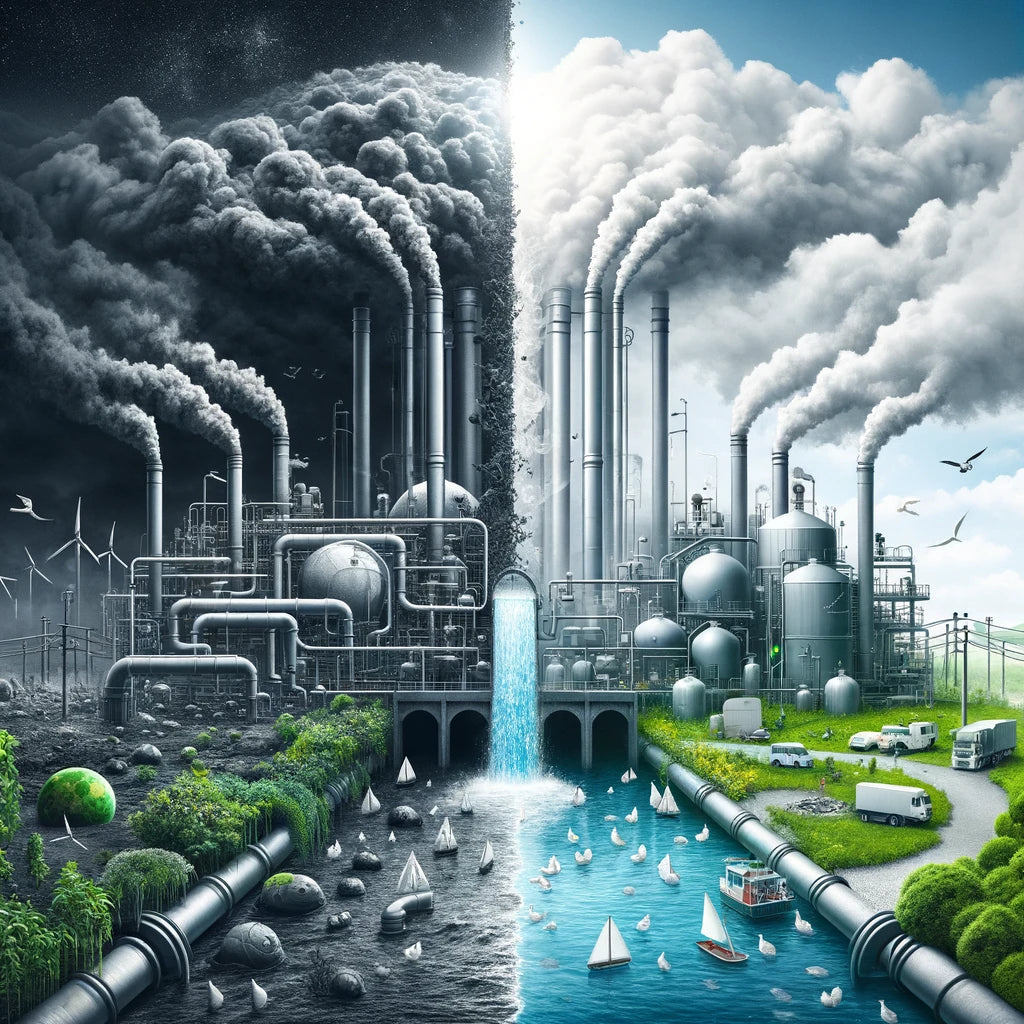
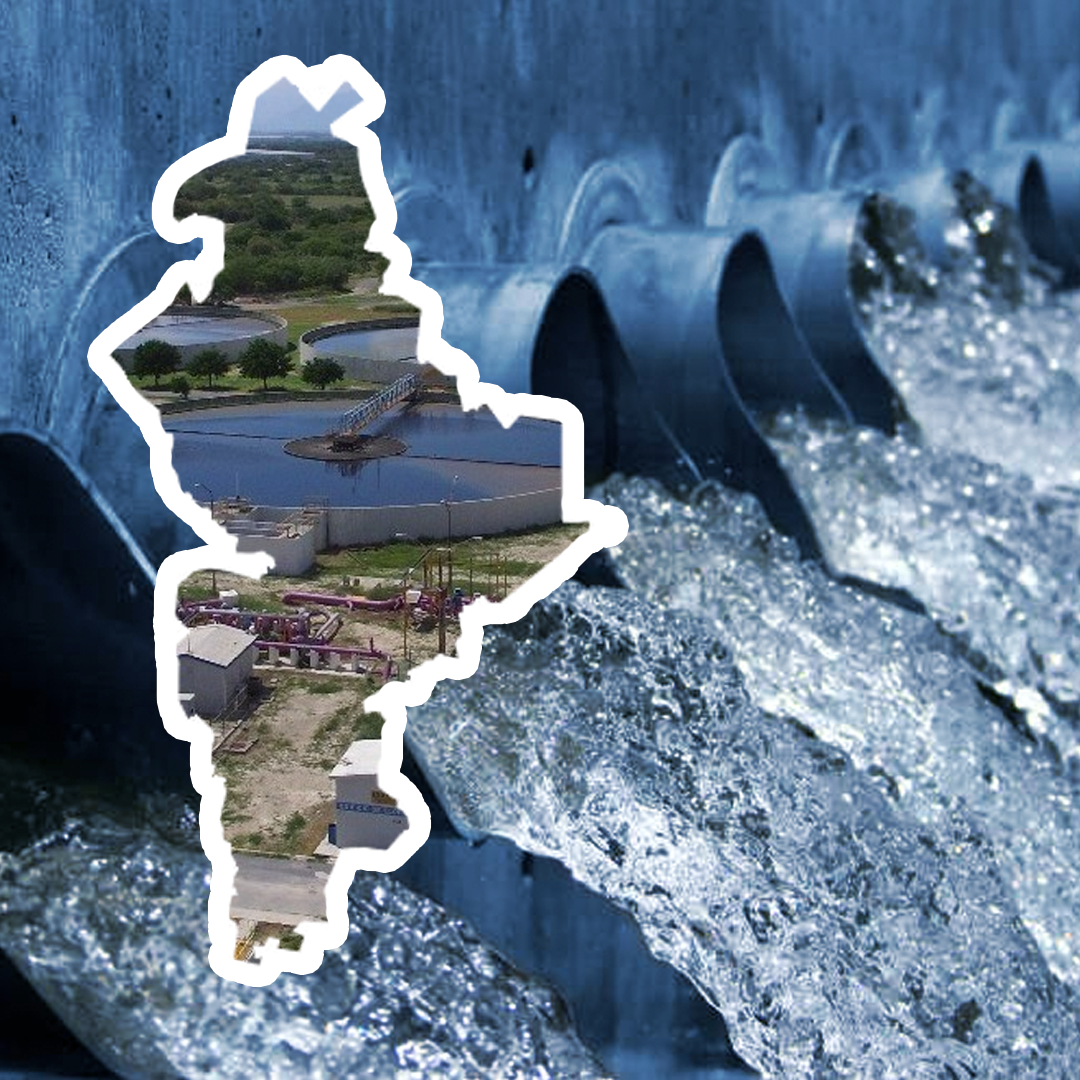
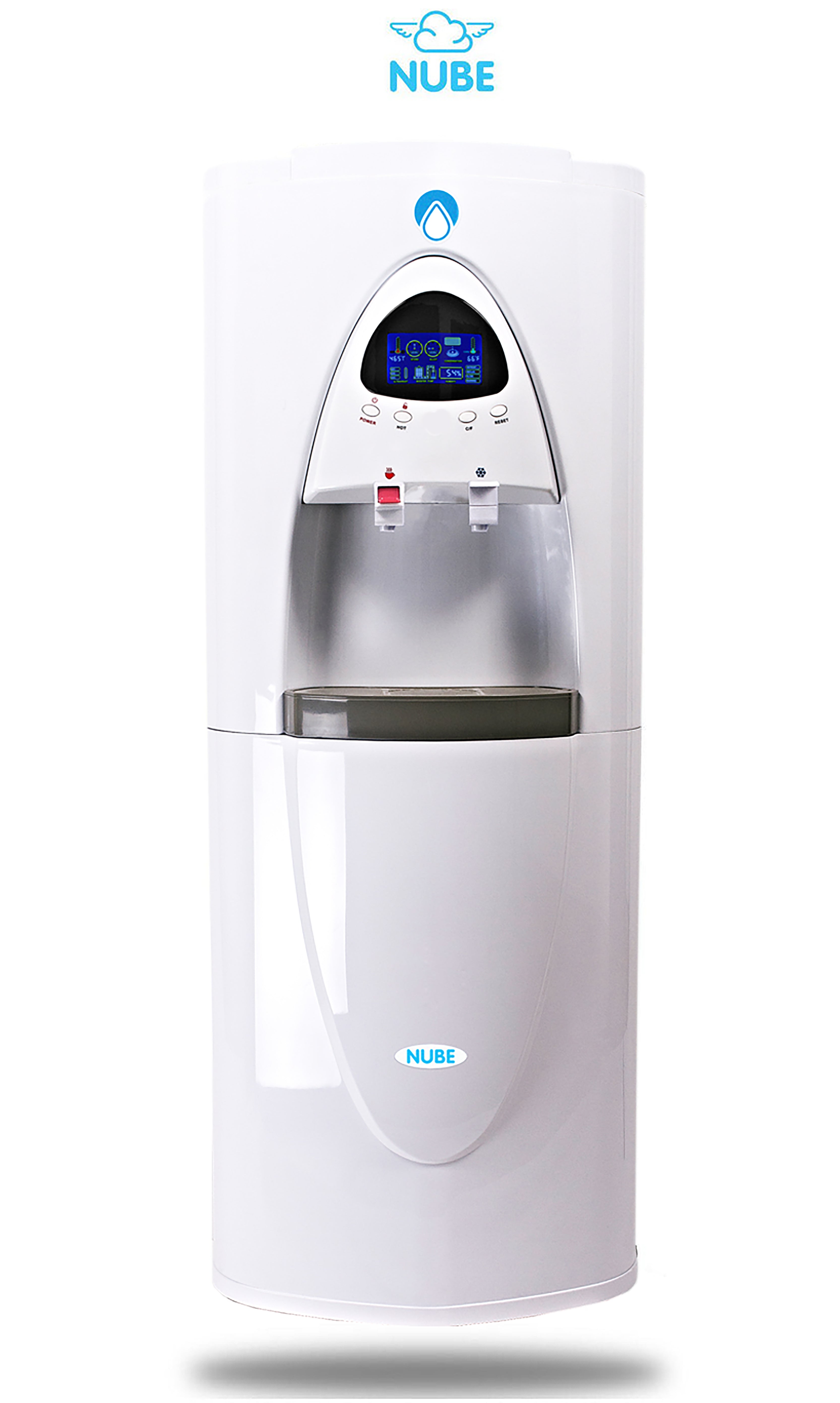

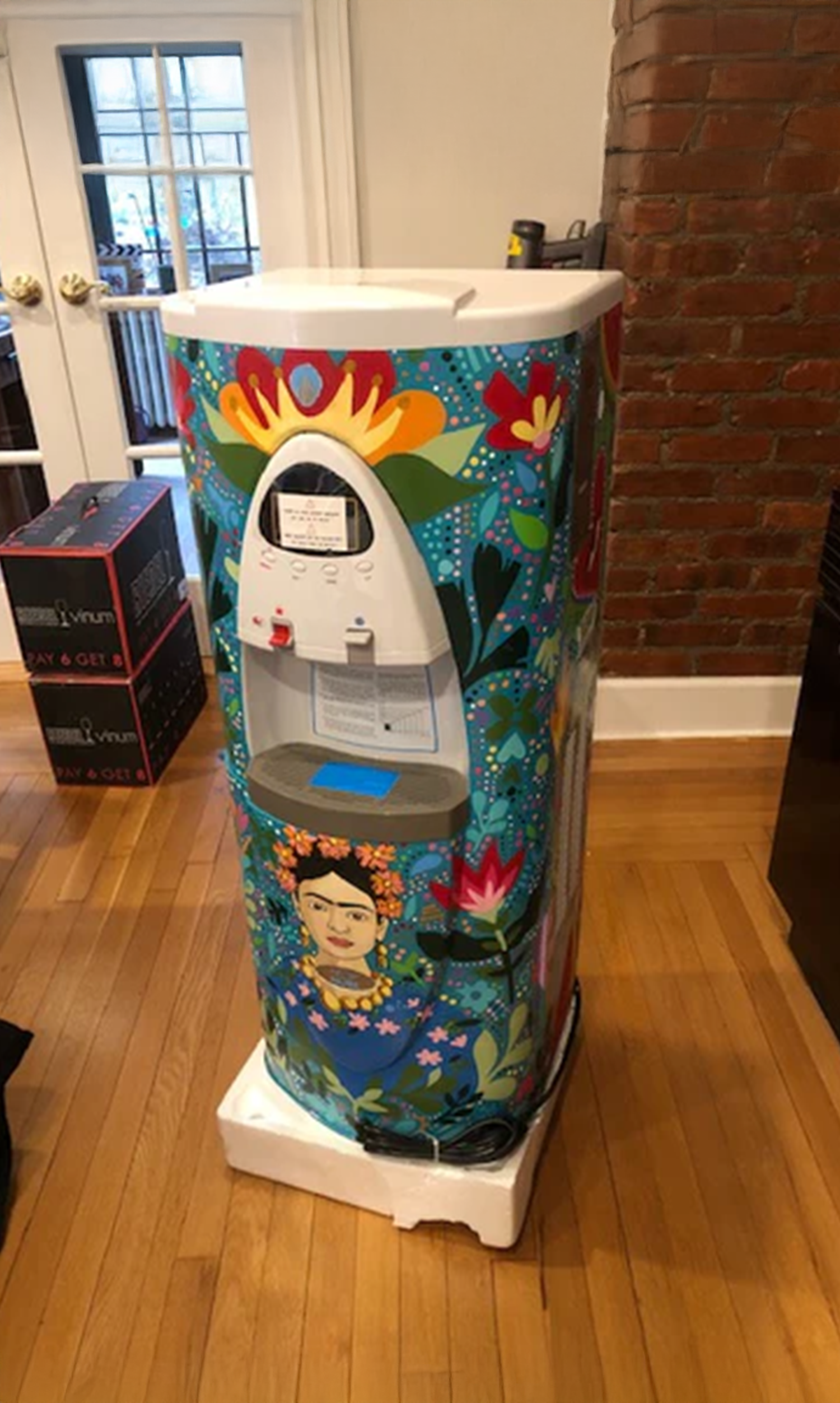
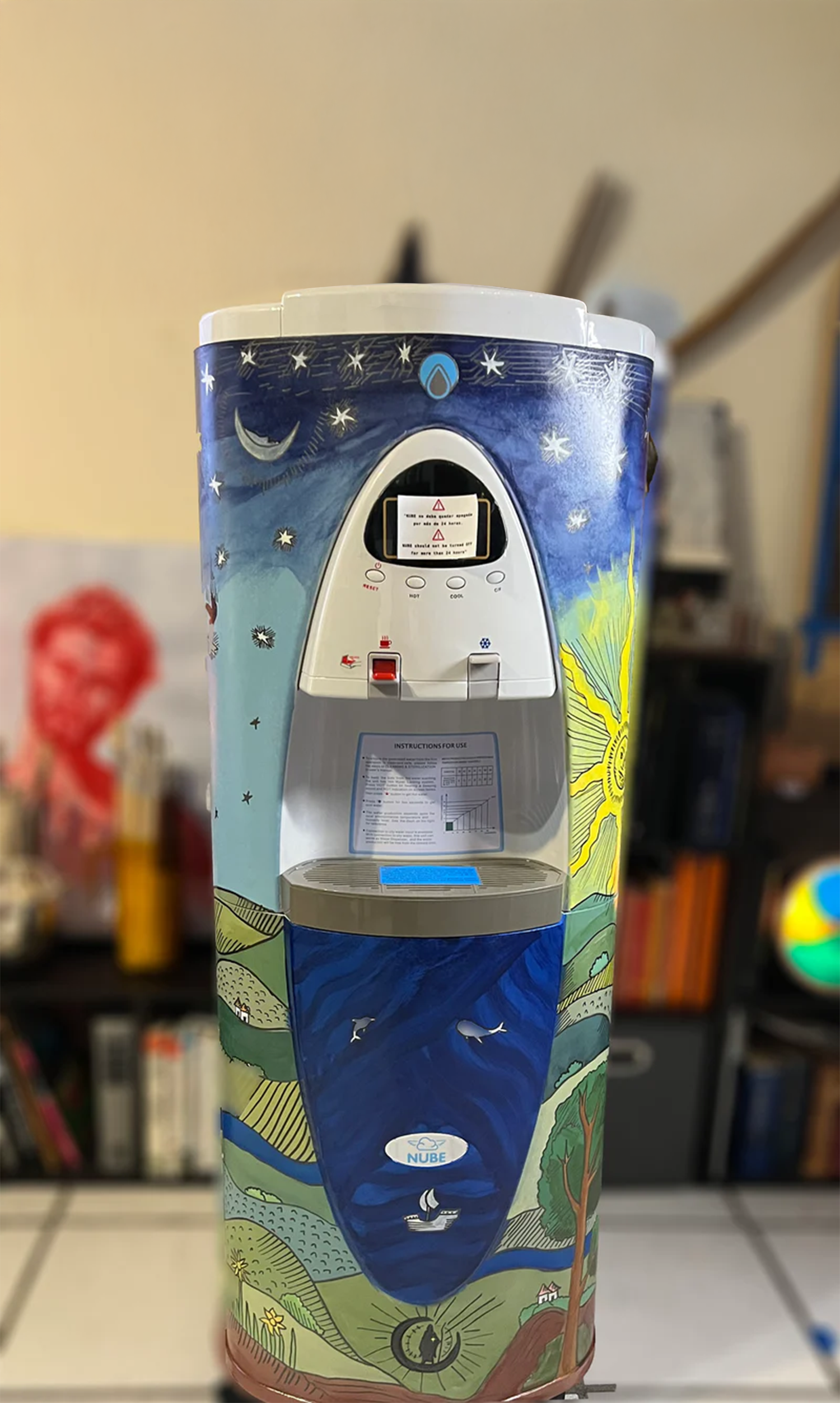

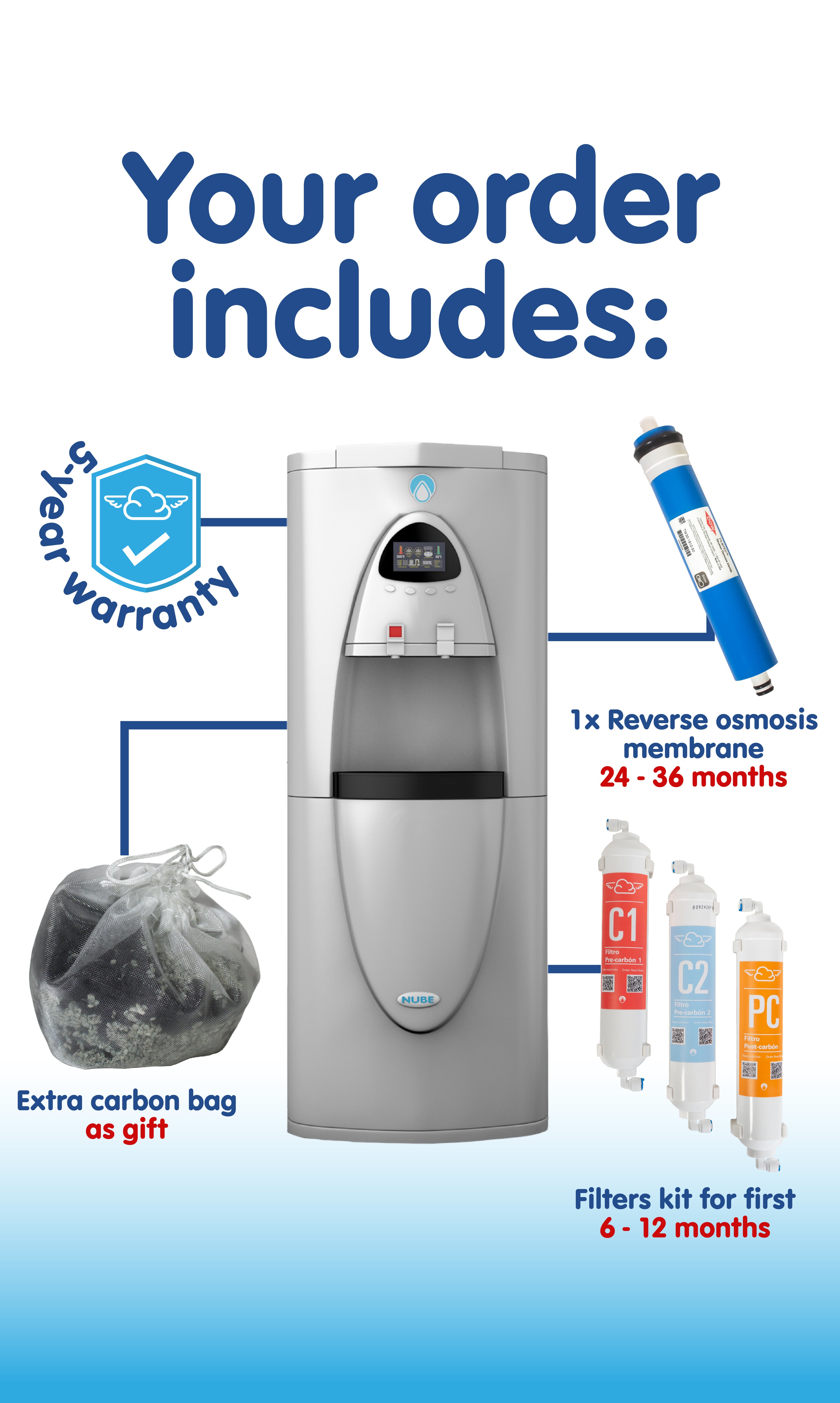
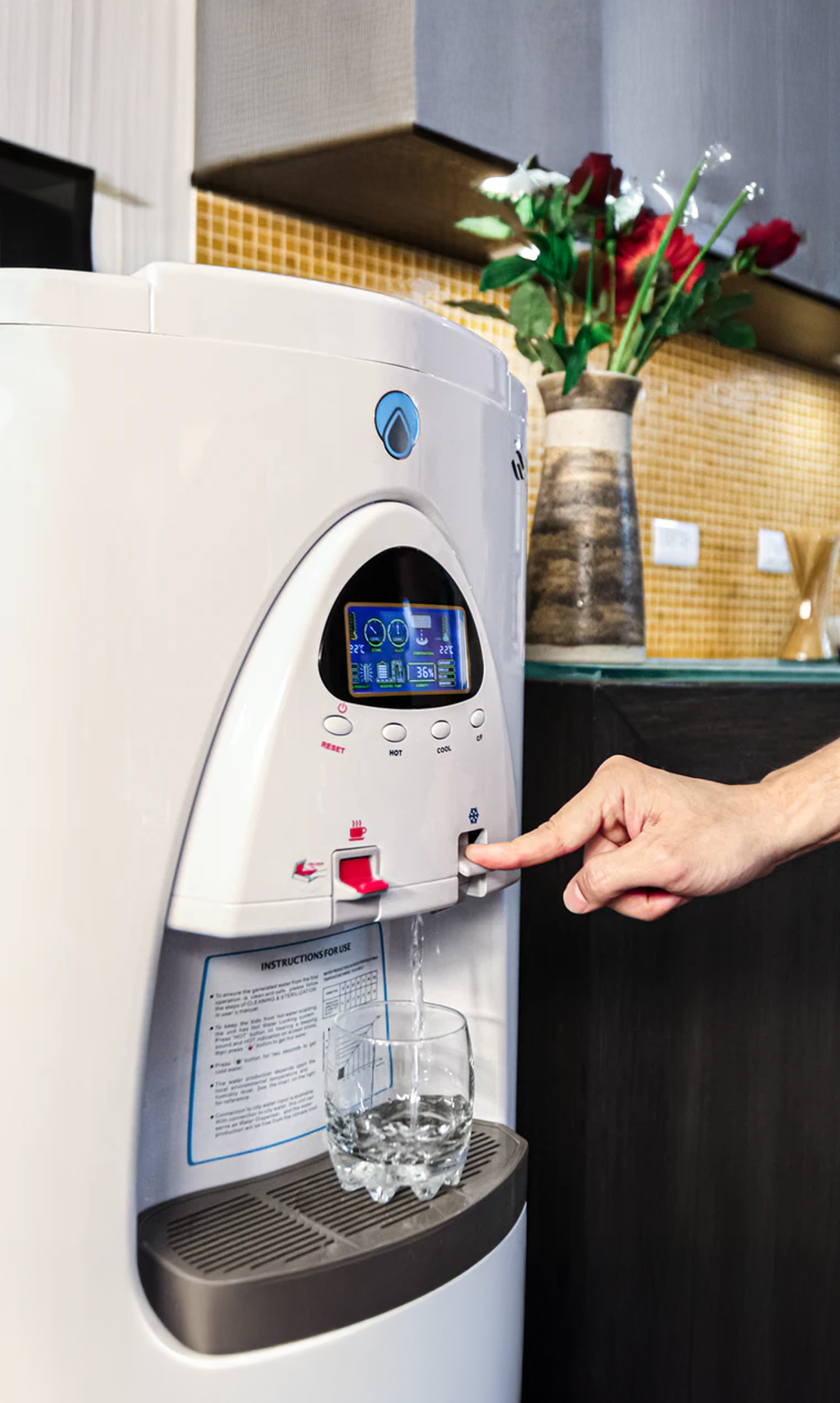

Yorum yazın
Tüm yorumlar yayınlanmadan önce incelenir.
Bu site hCaptcha ile korunuyor. Ayrıca bu site için hCaptcha Gizlilik Politikası ve Hizmet Şartları geçerlidir.